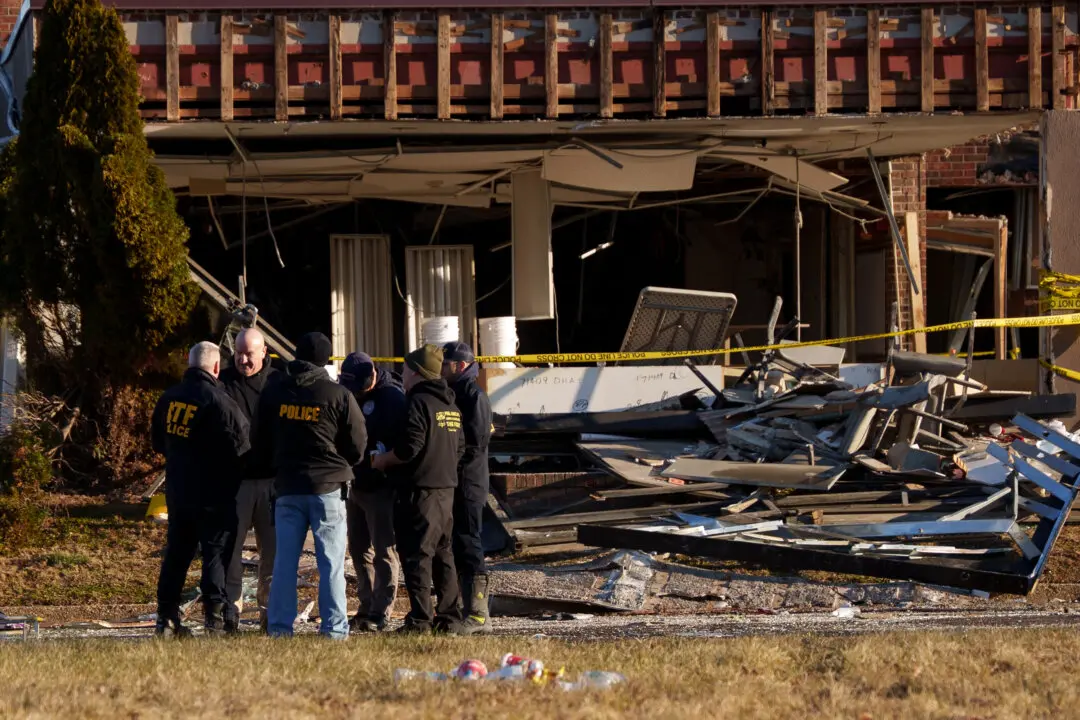BANGKOK—Thai authorities suspended ferry services and began evacuations Jan. 3 ahead of a powerful tropical storm that is expected to pound the Southeast Asian nation’s famed southern beach resorts during peak tourism season.
Rain was already falling around the Gulf of Thailand and officials warned that torrential downpours, strong winds, and rough seas were expected in 16 provinces when Tropical Storm Pabuk makes its expected landfall Jan. 4.





